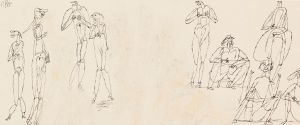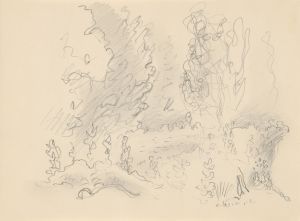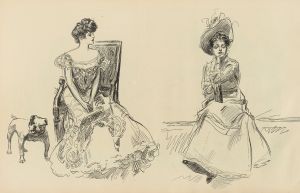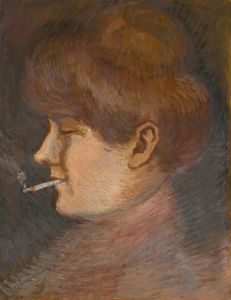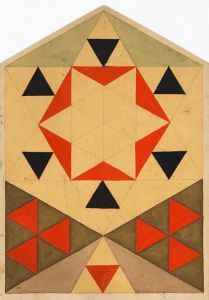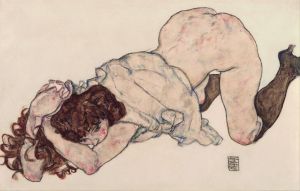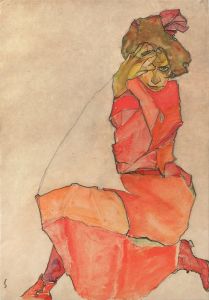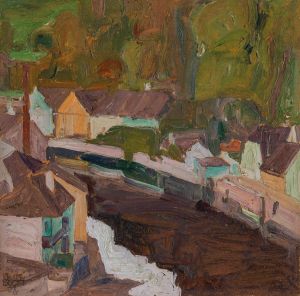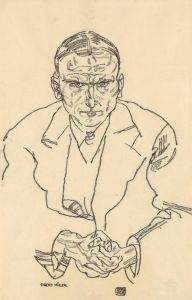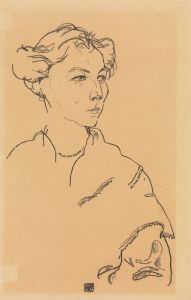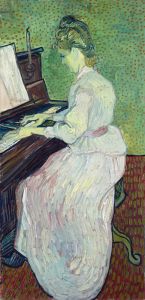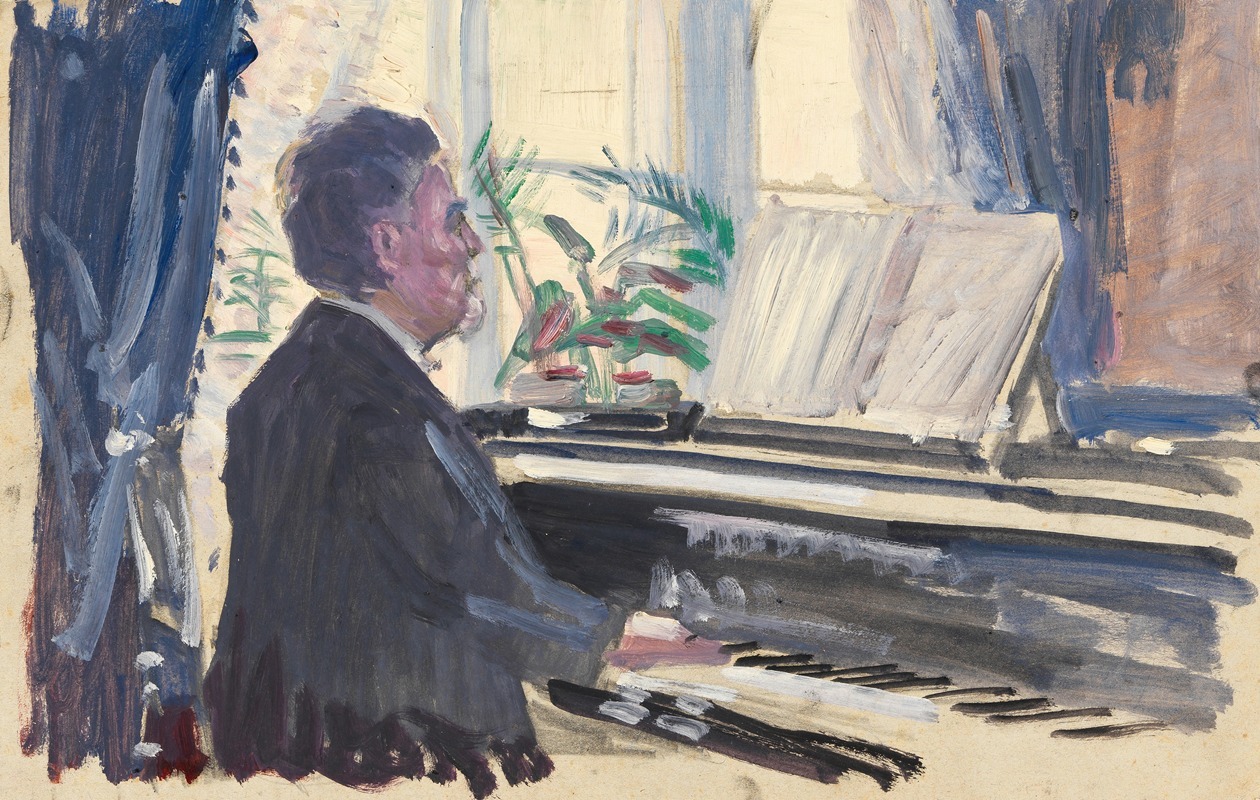
Leopold Czihaczek am Klavier
A hand-painted replica of Egon Schiele’s masterpiece Leopold Czihaczek am Klavier, meticulously crafted by professional artists to capture the true essence of the original. Each piece is created with museum-quality canvas and rare mineral pigments, carefully painted by experienced artists with delicate brushstrokes and rich, layered colors to perfectly recreate the texture of the original artwork. Unlike machine-printed reproductions, this hand-painted version brings the painting to life, infused with the artist’s emotions and skill in every stroke. Whether for personal collection or home decoration, it instantly elevates the artistic atmosphere of any space.
Egon Schiele, an Austrian painter known for his distinctive and often provocative style, created the painting "Leopold Czihaczek am Klavier" in 1907. This work is an early example of Schiele's exploration of portraiture and his interest in capturing the essence of his subjects. The painting depicts Leopold Czihaczek, Schiele's uncle, who played a significant role in the artist's early life, particularly after the death of Schiele's father in 1905.
Leopold Czihaczek was a railway official and an amateur musician, and he became a father figure to Schiele. The painting shows Czihaczek seated at a piano, a setting that reflects his musical interests. Schiele's portrayal of his uncle is both intimate and respectful, capturing a moment of personal significance. The composition is relatively straightforward, focusing on Czihaczek's concentration and engagement with the music, which suggests a deep connection between the subject and his passion for playing the piano.
This painting is notable for its departure from the more radical and expressionistic style that Schiele would later develop. In 1907, Schiele was still a student at the Academy of Fine Arts in Vienna, where he was influenced by the prevailing academic traditions. His early works, including "Leopold Czihaczek am Klavier," reflect a more conventional approach to form and color, demonstrating his technical skill and adherence to the artistic norms of the time.
However, even in this early work, one can observe Schiele's emerging interest in capturing the psychological depth of his subjects. The painting's focus on Czihaczek's facial expression and posture suggests an attempt to convey his uncle's inner world and emotional state. This attention to psychological realism would become a hallmark of Schiele's later work, as he moved towards a more expressionistic style characterized by bold lines, exaggerated forms, and intense emotional content.
"Leopold Czihaczek am Klavier" is also significant for its personal context within Schiele's life. The artist's relationship with his uncle was complex, marked by both support and tension. Czihaczek provided financial and emotional support to Schiele, enabling him to pursue his artistic ambitions. However, as Schiele's style evolved and became more controversial, their relationship experienced strain. This painting, therefore, serves as a testament to a formative period in Schiele's life, capturing a moment of familial connection and artistic development.
Today, "Leopold Czihaczek am Klavier" is appreciated not only for its artistic merit but also for its insight into Schiele's early influences and personal history. It provides a glimpse into the formative years of an artist who would go on to become one of the most significant figures of Austrian Expressionism. The painting remains an important piece within Schiele's oeuvre, illustrating his journey from academic traditions to the innovative and expressive style that would define his later work.





